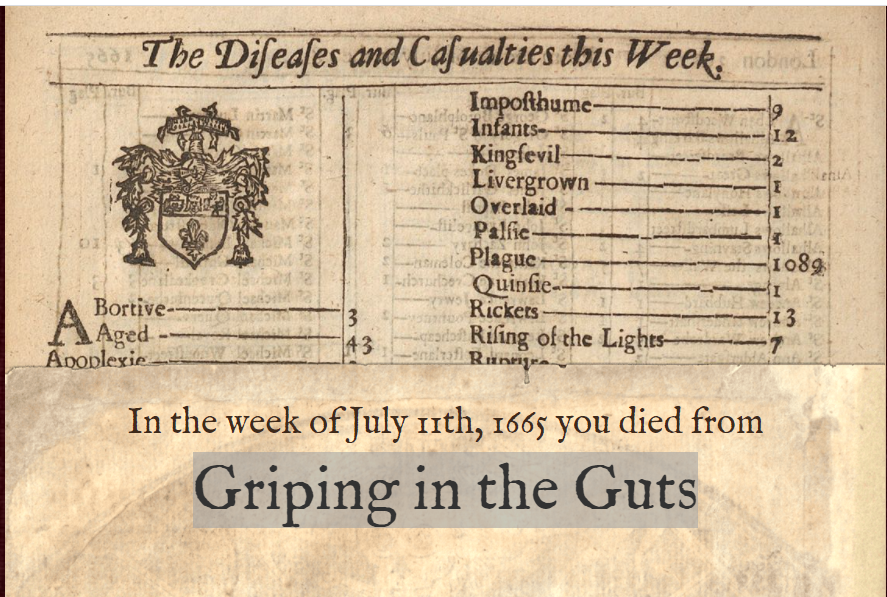At least 61 people died in February during an outbreak of the pneumonic plauge in the eastern part of the Democratic Republic of Congo.
About 350 people who worked in a mine in the northern Oriental province were infected with the disesae earlier this year, with at least 61 of them ultimately succumbing to the disease.
The pneumonic plague is the rarest and most deadly of the three types of plague. Unlike bubonic and septicimic plague, the pneumonic form of the disease can be passed from person to person through infected droplets transmitted by coughing or sneezing.
According to the World Health Organization, it is almost always fatal if not treated, but responds well to antibiotics. Unfortunately, the Democratic Republic of Congo is still a relatively chaotic place after the end of its four-year civil war in 2002, and more than 2,000 people who worked at the mine quickly left and dispersed after the outbreak of the disease became widely known.
Plague, of course, used to be a major worldwide killer, famously wiping out a significant proportion of the European population in the late medieval period. The World Health Organization reports that in 2003 there were only about 2,000 cases of the disease worldwide, but almost all of those occurred in Africa.
Sources:
Plague outbreak kills 60 in Congo. The BBC, February 18, 2005.
DR Congo plague outbreak spreads. The BBC, February 23, 2005.
Plague Outbreak in Eastern Congo. Cynthia Kirk, Voice of America, March 2, 2005.
Deadly Plague Outbreak Feared in Congo . Craig Timberg, Washington Post, February 18, 2005.
Locust invasions on West Africa. IRIN News, December 2004.
